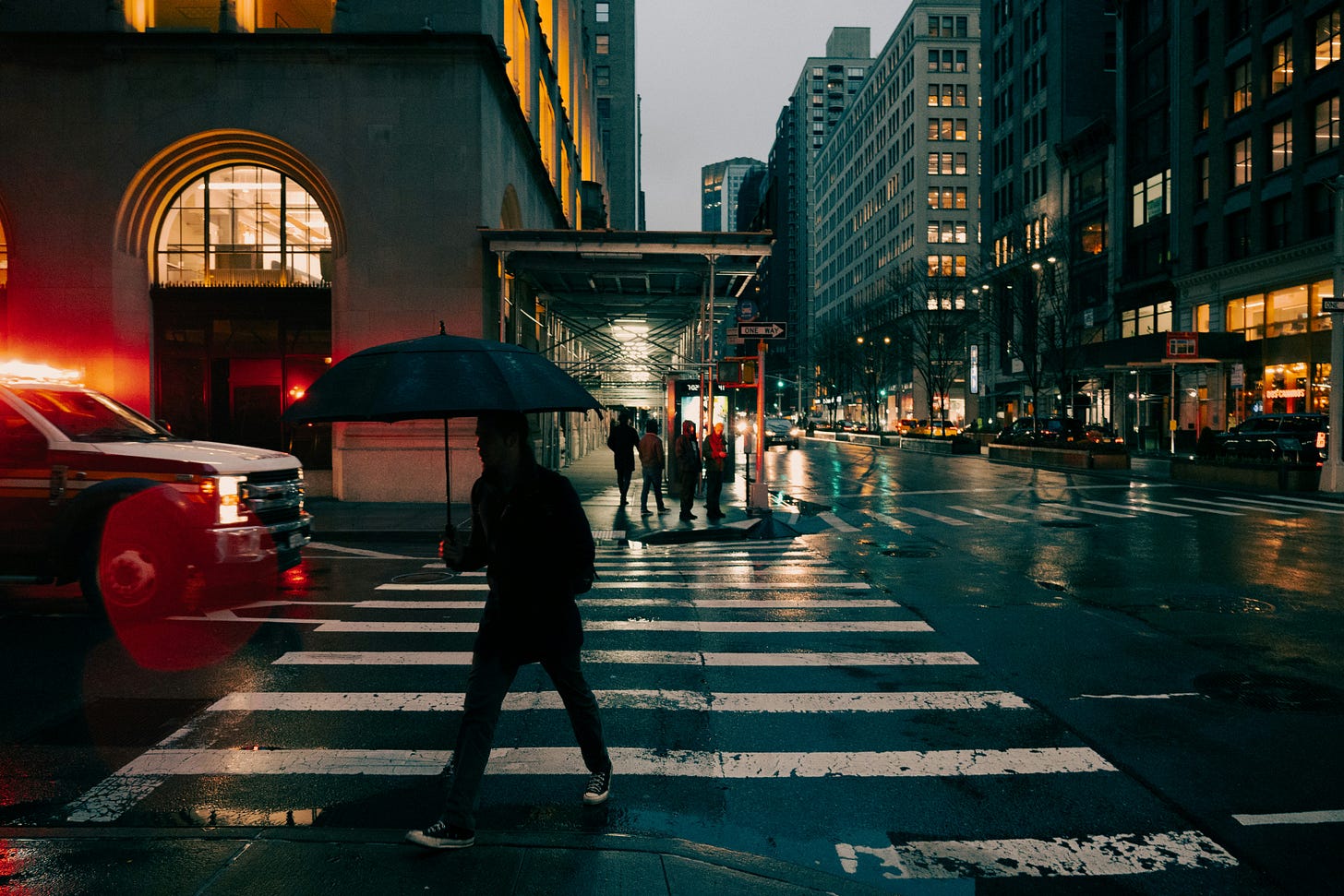The Shape of Freedom
I once heard someone defend free trade by saying it grows the pie. That we all win when borders open, goods flow, and capital moves. I didn’t disagree. But I kept thinking about the slice.
Who gets what? That’s the part nobody wants to talk about.
While American manufacturing towns hollowed out, consumer prices didn’t drop as much as promised. Instead, margins swelled. Profits floated upwards. The gains of global labor arbitrage weren’t returned to the people who lost the most.
They were captured by those who already had the most.
The same happened once before. In the late 1800s, railroads, oil, and banking created private empires that rivaled the crown. The robber barons didn’t march with armies, but they dictated the terms of life. Movement. Energy. Credit. They turned commerce into captivity.
Today, it’s not oil or steel. It’s logistics, finance, and information. But the logic is the same.
We tell ourselves these are free markets. That we are free participants. But how free is the person whose job was outsourced, whose town lost its tax base, and whose only lifeline is now a bank account that can be frozen with a click?
A corporation doesn’t need a gun to control you. It just needs to own the place where your money goes, your speech lives, your access depends.
This is where libertarianism fails.
It’s right to fear government force. But it’s wrong to believe that force is the only way freedom dies. Tyranny doesn’t need to knock down your door. It can just remove you from the grid.
Markets don’t stay free on their own. Power consolidates unless restrained. And restraint, in a democratic society, is not interference—it’s defense.
What we’re really debating isn’t the size of the pie. It’s who’s at the table.





